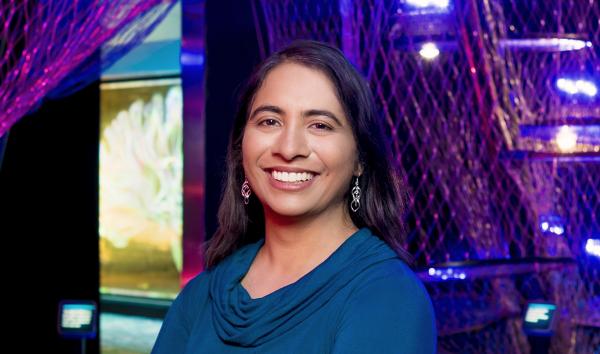
Date:
For humans, navigating the dating scene to find a mate is tricky enough. It’s even tougher for a male Australian redback spider—80% of males never find a mate. Dr. Maydianne Andrade at the University of Toronto Scarborough has studied these spiders for decades, discovering that desperate times call for desperate measures. During mating, male redbacks somersault onto the fangs of females, often getting cannibalized. But this self-sacrifice is worth it, as it significantly improves their odds of reproduction.
Recent research from Andrade’s lab investigates another trick that males have up their sleeve to avoid getting eaten. Some males seek out immature females whose reproductive organs are fully developed, yet are still hidden beneath the exoskeleton. It’s a risky strategy, since the males are likely to get eaten if they catch the female in the wrong stage, but they survive to mate again if they’re successful.
From the female’s point of view, immature mating sounds pretty terrible—males perform very little courtship behavior and females are often injured and appear to fight back. But the new study looks at reproductive success to show that immature mating may actually be beneficial for females, as it guarantees early reproduction and might favor mating with higher quality males who have the “smarts” to identify the right female.
As Andrade warns, it’s tempting to judge animal behavior on human standards, but things are a lot more cut and dried in the natural laboratory of evolution. It’s a wild world out there, and the only thing that counts is passing on your genes to as many offspring as possible.
Check out this video to see Andrade’s research in action.


